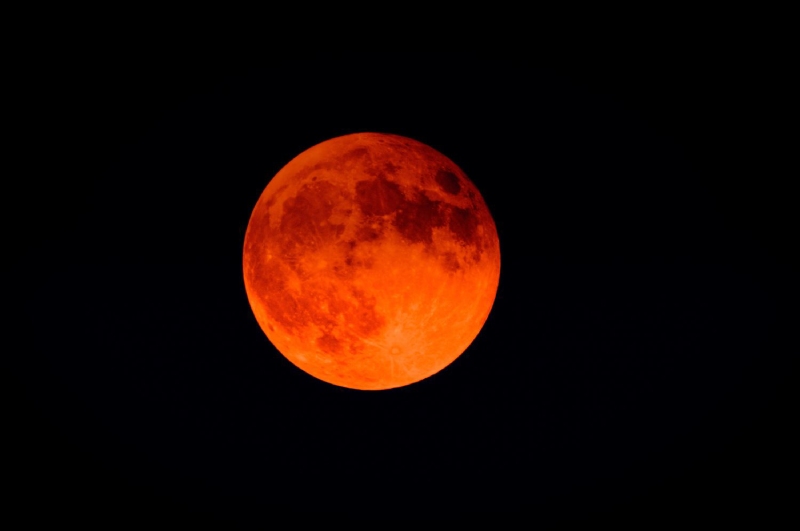Rare Blood Moon Eclipse: Which States Will See the Best Blood Moon View?

The full “Worm Moon” will turn into a deep crimson spectacle later this week due to a total lunar eclipse. The Moon will be in the shadow of the Earth for 65 minutes during this unique event, which will be visible throughout North America. Some skywatchers may, however, have limited sight due to terrain and weather.
When to Watch the Rise of the Worm Moon
At 11:57 PM on March 13, the Moon will begin to enter Earth’s penumbra, or outer shadow, as the eclipse progresses. Casual onlookers frequently fail to notice the minor dimming caused by this initial stage. The Moon enters the umbra, the darker, inner region of Earth’s shadow, at 1:09 AM, marking the start of the partial eclipse phase. The Moon will become redder over the course of the next hour, becoming more intense in colour as it gets closer to totality.
The eclipse’s most spectacular phase, known as totality, will start at 2:26 AM and last for almost 65 minutes. Sunlight refracting through Earth’s atmosphere will cause the Moon to glow in reddish-orange hues during this period. By the time the eclipse concludes at 6:00 AM, the Moon will have gradually returned to its normal brightness as the shadow gradually fades.
New York: sunset at 7:01 p.m. EDT; moonrise at 7:38 p.m. EDT.
Los Angeles: sunset at 6:59 p.m. PDT; moonrise at 7:41 p.m. PDT.
London: sunset at 6:02 p.m. BST; moonrise at 6:31 p.m. BST.
Only people on Earth’s night side will have been able to see the previous night’s total lunar eclipse, but everyone will be able to see the full moon rise higher in the sky and appear on the eastern horizon.
Which states in the U.S. will have the best view?
The Ohio Valley, southern Florida, and Texas will have the finest weather for viewing the Blood Moon lunar eclipse.
Why does a Blood Moon lunar eclipse appear red, and what is it?
When the Earth passes squarely between the Sun and the Moon, a Blood Moon lunar eclipse occurs, giving the Moon its reddish hue from the shadow it casts. This phenomena happens because longer red wavelengths of sunlight may reach the Moon whereas shorter wavelengths, such as blue and green, are scattered by the Earth’s atmosphere.
Is it safe to view the lunar eclipse without glasses?
The fact that any lunar eclipse is entirely safe to observe with the unaided eye is one of its main advantages. Solar eclipses necessitate protective glasses, whereas lunar eclipses only reflect sunlight.
They are therefore no brighter than a normal full moon, which most people have safely seen many times.


